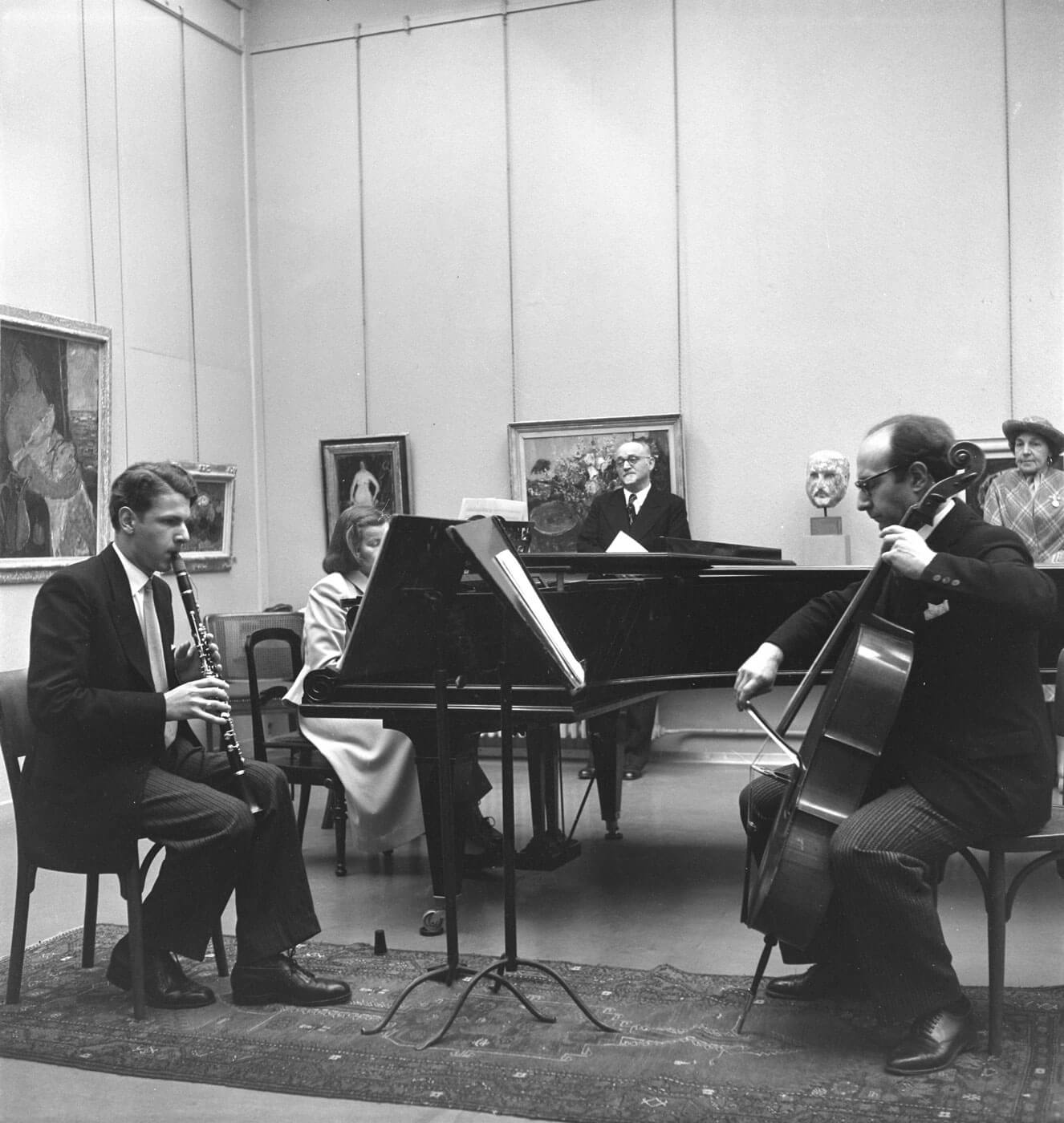
History of the Lucerne Art Society
Lucerne Art Society (Kunstgesellschaft Luzern) developed out of the Sculpture Section of the city’s society for the promotion of the sciences and arts – the “Grosse Gesellschaft der Wissenschaften und Künste zu Luzern”, on 11 May 1819. Upon that society’s founding in 1817, the primary mission of its president Karl Pfyffer von Altishofen was to create a memorial to the Swiss Guards who fell in the storming of the Tuileries Palace. Pfyffer initiated a public subscription fowards erecting the “Lion Monument”, which was supported by leading conservatives in Switzerland and abroad. Thanks to his good contacts, Pfyffer engaged the distinguished Danish sculptor Bertel Thorvaldsen to design the monument. However, as a symbol of the Restoration, the monument was rejected by various parties at its inauguration in 1821. It is worth noting that Pfyffer used the Kunstgesellschaft Luzern, a progressive format of the evolving civil society, to have the conservative monument built.
After Karl Pfyffer achieved his rather personal objective – he himself was a Swiss Guardsman whose uncle fell in in the Paris insurrection, he no longer participated in the Kunstgesellschaft Luzern. His deputy, August Schmid, continued to conduct the society’s business and was later elected its second president. The society’s activities then began to focus more on actual art. The organisation aimed to offer the middle-class public a forum for exhibitions and meetings and to compile an archive of images. Its activities reflected the new civil society along with the need for participation and co-operation. Parallel to this development, Lucerne saw the emergence of tourism in the early 19th century. Central Switzerland, with its abundance of scenic nature and landscapes, delighted visitors, and Lucerne became an important urban centre.
Paul Hilber became president of the Kunstgesellschaft Luzern in 1924 and was conservator of the Kunstmuseum Luzern from 1925 to 1949. He promoted the institution’s reputation beyond the region and organised exhibitions of works by important Swiss artists such as Robert Zünd, Anna Babberger-Tobler, Giovanni Giacometti, Ferdinand Hodler and Paul Klee, as well as on Venetian Renaissance painting and the Parisian avant-garde. In 1935, the exhibition These, Synthese, Antithese brought 22 of the most important contemporary artists to Lucerne. In the 1970s, Jean-Christophe Ammann introduced the young international art scene, featuring artists such as Giovanni Anselmo, Michael Buthe, Hanne Darboven, Gilbert & George, Gerhard Richter and Paul Thek. His successor, Martin Kunz, curated the 1970s and 1980s collection and expanded the video art section, while Martin Schwander showed top international artists such as Andy Warhol, Jeff Wall and Cindy Sherman for the first time in Switzerland. The Kunstmuseum Luzern continues this avant-garde tradition to this very day.
In 2019, the Kunstgesellschaft Luzern, the funding body of the Kunstmuseum Luzern, celebrated its 200th anniversary, presenting, among other things, the successful exhibition Turner. Das Meer und die Alpen.
From the “Meilibau” to the KKL building
After its foundation, the Kunstgesellschaft Luzern set about finding suitable premises in the city of Lucerne. Starting in 1873, the Kunstmuseum Luzern presented its first exhibitions in the town hall’s Kornmarkthalle. In 1925, the Musegg Wall Museum was opened in the former War and Peace Museum (today the Fluhmattschulhaus). The Kunstmuseum Luzern soon outgrew this space too, as it was shared with the Gewerbemuseum. In the mid-1920s, the idea of a new building located to the east of the railway station was born. At the instigation of Paul Hilber, in 1929 the patron Charles Kiefer Hablitzel offered the Lucerne city council two million Swiss francs to build an art and concert hall. The modern building designed by Armin Meili was inaugurated in 1933, providing the Kunstmuseum Luzern with spacious galleries. The “Meilibau” was replaced by the Lucerne Culture and Convention Centre KKL designed by Jean Nouvel in the 1990s. The Kunstmuseum Luzern moved into the fourth floor of the KKL in 2000.






